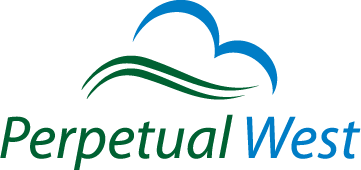Salesforce CRM Spring ’13 Release – 4 Key Features for SMB
It doesn’t look or feel like spring yet but the Salesforce CRM Spring ’13 release is right around the corner. Here are the latest features that will benefit small and medium businesses (SMB):
Read More
Social Media and the Cloud: Favorite Blogs and Twitter Accounts To Follow
These days, companies are using social media (i.e. Facebook, Twitter, LinkedIn, YouTube, Google+, blogs etc.) to share news, updates, eBooks, and other information with the world. As a company, we depend on information posted via social media to help us keep up-to-date on the cloud computing industry. If you are fairly new to social media, where do you start? Here is our list of favorite cloud computing blogs and Twitter accounts to follow:
RingCentral Hosted PBX Phone System – Changing What Callers Hear
RingCentral is the leading hosted PBX phone system for small and medium sized businesses. As the top cloud based business phone system on the market, RingCentral has a plethora of features but sometimes users just want to know how to personalize or change what callers hear. With RingCentral, users have 4 options when it comes to recordings: 1) default computer recordings, 2) recordings you make through the phone, 3) recordings you save to a .wav /.mp3 and upload or 4) professional recordings that you upload. You can mix and match these options to your liking. There are four types of recordings that can be changed in RingCentral including:
Google Apps Tip – Working with Spreadsheets on an iPad
In the tablet market, there is one dominant player – the Apple iPad. It’s no wonder we run into clients trying to work with spreadsheets on an iPad. Sadly, it’s not obvious as to the best way to do this. As a Google Apps certified consultant, I’m always going to recommend a Google “app” to get the job done. In this case I would recommend using Google Drive or Quickoffice for Google Apps. Both apps are available on iTunes for free so take a minute to check them out. Here are the pros and cons of Google Drive and Quickoffice for Google Apps:
RingCentral + Your Smartphone = Balance Work and Personal Life With One Phone Number
Thank goodness the days of carrying a separate device for all your business needs (like a phone, agenda, camera etc) are gone. Most of us now carry a smartphone that does everything we need it to as there’s an app for everything. Companies (especially small and medium sized ones) often have a BYOD (Bring Your Own Device) policy of some sort which means that we can use a shiny new iPhone 5 or the latest Android phablet (no this is not a typo, this is the category of smartphone like the gargantuan Samsung Galaxy Note 2 which is half phone, half tablet).

